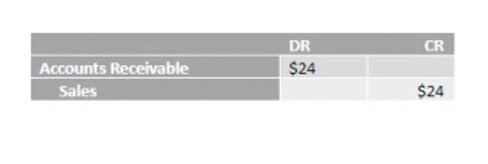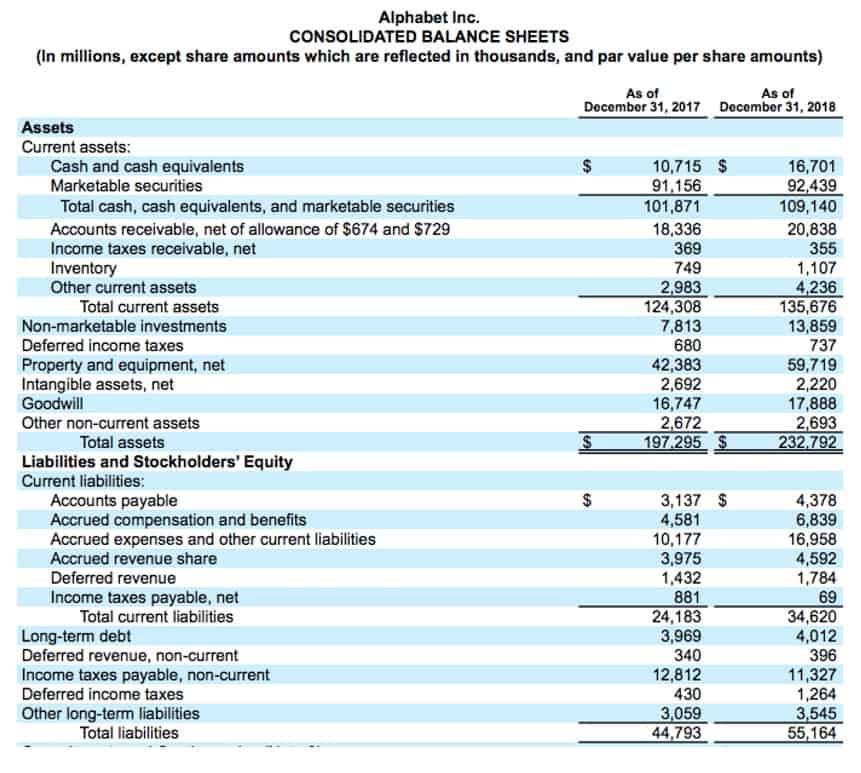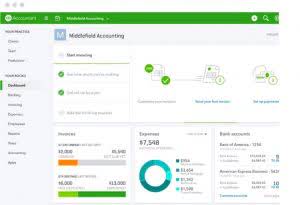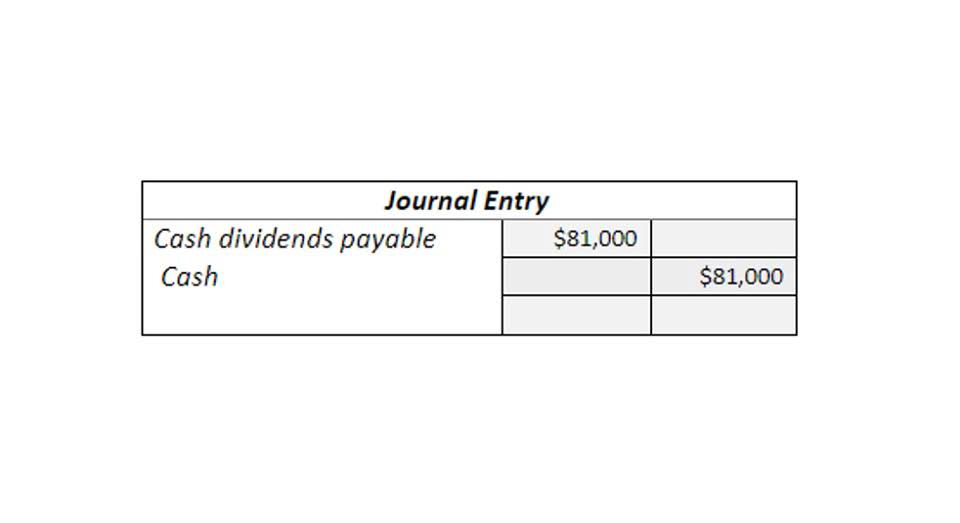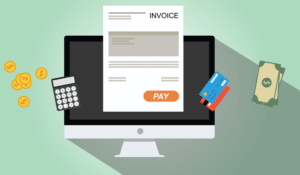About
LiveChat® is the best AI live chat software for business, designed for B2B SaaS companies and ecommerce stores. This powerful customer service software helps you connect with customers, provide real-time support, and drive sales across multiple communication channels. Once you finish the typing speed test, your results will appear, showing your speed in WPM (words per minute), accuracy, mistakes, total time, and more. The average person types between 38 and 40 words per minute (WPM). That translates into between 190 and 200 characters per minute (CPM). However, professional typists type a lot faster, averaging between 65 and 75 WPM.
Start Test
Type a lot, type tests, and practice typing tests. Improve your words per minute typing results, and test your typing speed often. Our typing speed test will keep track of all typing tests that you’ve taken in the past so you will be able to see the improvements over time. You will be able to see how your speed typing has changed. If you can do a five-minute typing test every day, your typing skills will increase dramatically. This one is a typing test that expresses your typing skills in words per minute.
Free online typing test in English
An average professional typist usually types around 65 to 75 WPM. More advanced positions require 80 to 95 (this is typically the minimum required for dispatch positions and other time-sensitive typing jobs). There are also some advanced typists whose work requires speeds above 120 WPM.
The more you practice typing, and the more you test your typing speed, the higher your WPM score will be. Some online typing tests and typing test games focus only on WPM typing. The disadvantage of the WPM typing test is that you are only learning how to type fast. As the makers of LiveChat, customer service software for businesses, we wanted to provide the community of our customers and live chat agents with a free typing test. This way, they can consistently practice typing and improve their typing skills.
The CPM stands for the number of characters you type per minute, including all the mistakes. “Corrected” scores count only correctly typed words. After your typing speed test you can easily generate as well as download your word per minute test report. To change the typing test type all you have to do is to click the first selector (above the text box) and click one of the test options. You can easily and quickly alternate between different types of tests at any given time using this selector. The faster you type, the faster you will be able to communicate with others.
- More advanced positions require 80 to 95 (this is typically the minimum required for dispatch positions and other time-sensitive typing jobs).
- For the best results try practicing proper typing techniques a little every day.
- You can fix mistakes anytime using BACKSPACE or CTRL + BACKSPACE.
- Our tool is a free typing speed test with a WPM score, but it can be also used as a typing speed test for kids.
- There are a few alternative layouts that propose a more ergonomic approach to typing.
To start the typing speed test, type the text shown at the top of the page. A blue underline highlights the current character you need to type. There are no ads during the test and no login is required. Check your WPM speed and accuracy using fun texts, common words, or even your own content.
This setup should give you a full range of motion. There are a few alternative layouts that propose a more ergonomic approach to typing. You could also take the big leap and try out the Dvorak keyboard, but that’s a different story. To change the typing test timer you have to click the second selector (also above the text box) and select a timer option. You can choose from “No Timer”, 15 seconds, 30 seconds, 1 minute, 2 minutes, 3 minutes, 5 minutes, 10 minutes or 15 minutes.
You will be able to save a ton of time on any kind of work that requires typing. At first, it will be a couple of extra minutes that you won’t really custom carbonless ncr invoice books notice. Over time, the minutes will turn into hours of saved time that you can spend on other activities.
When you choose a test with a timer you have to type the text until the time runs out. When the time runs out you will see the results. The QWERTY keyboard was invented in 1868 by Christopher Latham Sholes.
How do you practice
You can easily generate your statistics of your typing work. Think of the text box (text to be typed) as a text editor. If you click outside it you won’t be able to type and if you click inside it you will be able to type again.
Test your typing skills
Typing speed of 40WPM is considered below average. The jams occur most likely when the two keys are very close together on the keyboard. That’s why he decided and came to the solution to rearrange the letters, which only can reduce the jam. It is invented in 1868 by Christopher Latham Sholes. He also designed the first typewriter, which plays the most crucial role in the life of many reporters.
Clicking the buttons on the screen with the mouse every time you want to restart a test or begin a new one can be very tiring. But, instead of using the mouse for this, you can use the keyboard, which is much faster and comfortable. If you choose a test without a timer you will see a word counter instead of a timer. The word counter will show you how many words are in the current test and how many of them you typed already.
We’ve decided to use the 1,000 most common words in the English language. Additionally, we wanted to include words that you can find in our blog articles. You can think of it as a touch of LiveChat’s flavor to make the typing test a bit more interesting. This free typing speed test focuses on typing itself, so words appear randomly. Reading full sentences may influence your typing speed. For the best results try practicing proper typing techniques a little every day.
- You can easily generate your statistics of your typing work.
- Some online typing tests and typing test games focus only on WPM typing.
- If you can do a five-minute typing test every day, your typing skills will increase dramatically.
- If you click outside it you won’t be able to type and if you click inside it you will be able to type again.
Now, if you want to restart the current test you can press the TAB key twice, followed by the ENTER key and the same test will be restarted. Good WPM score is based on typing quickness with fewer typing errors. So if at any given moment you are typing but nothing happens (the characters are not turning green or red) that’s the reason. If this happens to you, click inside the text box or just refresh the page and everything will get back to normal.
Why is typing speed
Our typing test with numbers focuses on helping you build accuracy and speed with numeric input. Whether you’re preparing for data entry or just want to sharpen your skills, this type of test is a great way to practice and improve your overall typing speed. Select “Numbers” from the test type selector and challenge yourself with a numbers-only typing test to boost your proficiency. Simply select the “Words” option, choose your preferred time, and start typing.
We’ve also made this tool accessible to every visitor of our page. Our tool is a free typing speed test with a WPM score, but it can be also used as a typing speed test for kids. This typing test for numeric keypad includes decimals, phone numbers, dates, and zip codes, providing practice with these common formats. Select the “10 Key” option to start practicing and improve both your speed and accuracy on the numeric keypad. Just select the “Text” option and choose the “No timer” option. The test will end when you finish the entire paragraph.
If you want to take a custom typing test, select the “Custom” option in the first selector above the text box (by default, the selected option is “Text”). Next, copy and paste your text inside the empty box that appears. Then, you just have to click the “Start Test” button, and your custom typing test will begin.
We prepared this free typing test to give you a quick and easy way to test your typing speed. You can use it when practicing your typing skills to get an idea of how well you are progressing. Businesses can use this test to get an idea about the typing skills of potential hires or to help existing employees develop their typing speed. This typing speed test is one of our free tools, just like the UTM Builder or our Privacy Policy Generator. Of course, you should use ten fingers for typing, but you can start with a layout that’s the most comfortable for you. The small bumps on the F and J keys will help your fingers locate the correct position without looking.
If you’d like to know how much of the paragraph is left, just check the number in the upper right corner. It shows how many words you have typed so far and the total number of words in the test. Our alphabet speed typing test challenges you to type the entire alphabet quickly and accurately. It’s perfect for beginners and anyone looking to boost their typing speed and precision with the full abcdefghijklmnopqrstuvwxyz sequence. Simply select “Alphabet” from the test menu and start typing to sharpen your skills. To start practicing, select the “Data Entry” option from the test type selector.
No punctuation, no caps, just simple, everyday words to help you sharpen your typing skills. Take a deep breath, relax your fingers, and take it slow. You need to be focused and not annoyed when attempting the typing speed test. The best thing you can do to start typing faster is to type more. The more practice you get under your belt, the faster your ‘typing-fu’ will be. Just make sure you are reinforcing good habits and not ones that will leave your fingers hurting after an intense typing session.









